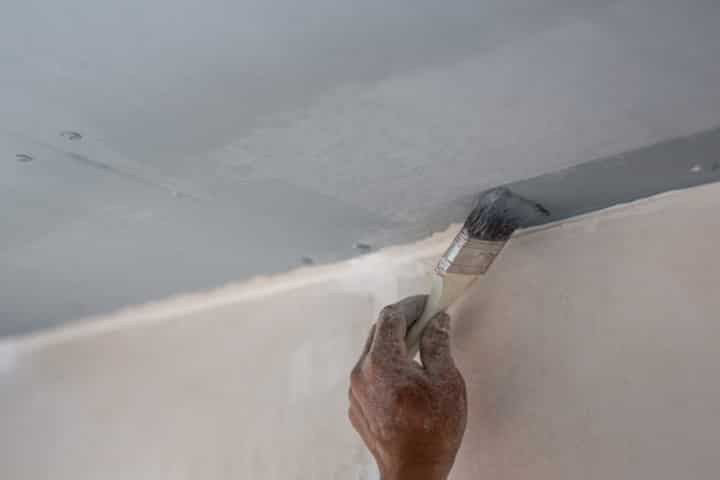
Choosing the Best Soil Stabilization Service for Your Project
Soil stabilization is a critical component in many construction projects, ensuring that the ground can support the structures built upon it. Whether constructing roads, buildings, or other infrastructure, choosing the right soil stabilization service is essential for the longevity and safety of the project. With various techniques and materials available, it can be challenging to determine which service best suits your needs. This article outlines key considerations and steps in selecting the most suitable soil stabilization service for your project.
Understanding Soil Stabilization
Soil stabilization involves modifying soil properties to improve its strength and durability. This process is vital in preventing soil erosion and improving load-bearing capacity. There are several methods of soil stabilization, including mechanical, chemical, and biological techniques. Understanding these methods and their applications is crucial for making an informed decision.
Mechanical Stabilization
Mechanical stabilization involves physically altering the soil structure through compaction or the addition of reinforcement materials. This method is beneficial for projects requiring immediate results and is often used in road construction.
Chemical Stabilization
Chemical stabilization uses additives like lime, cement, or other binding agents to enhance soil properties. This approach is ideal for projects where long-term stability is a priority. Read more about this topic.
Biological Stabilization
Biological stabilization employs plant-based solutions to enhance soil stability. This environmentally friendly method is suitable for areas where preserving natural landscapes is important.
Factors to Consider When Choosing a Soil Stabilization Service
To ensure the success of your project, consider the following factors when selecting a soil stabilization service:
- Project Requirements: Determine the specific needs of your project, including load-bearing capacity, environmental impact, and budget constraints.
- Soil Type: Different soil types require different stabilization techniques. Conduct a thorough soil analysis to identify the most effective method.
- Experience and Expertise: Choose a service provider with a proven track record and expertise in handling projects similar to yours. Check out customer reviews here.
- Technology and Equipment: Ensure the service provider uses state-of-the-art equipment and technology to deliver efficient and reliable results.
- Environmental Considerations: Opt for methods that minimize environmental impact, especially in ecologically sensitive areas. Learn more in this detailed guide.
- Cost: Obtain detailed quotes from multiple providers to compare costs and services offered. Ensure there are no hidden charges that may affect your budget.
Steps to Evaluate Potential Service Providers
Once you have identified potential providers, follow these steps to evaluate their suitability:
Research Provider Background
Investigate the history, credentials, and reputation of each provider. Look for reviews and testimonials from previous clients to gauge customer satisfaction. Check out customer reviews here.
Request Proposals
Solicit detailed proposals from shortlisted providers. These proposals should outline the methods, timelines, costs, and expected outcomes. Use these proposals to compare and contrast the offerings of each provider.
Conduct Interviews
Engage with representatives from each provider to discuss your project in detail. This interaction will help you assess their expertise, communication skills, and willingness to accommodate your specific needs. Explore further insights here.
Verify References
Contact past clients to verify the quality of work provided by the service providers. This step is crucial in ensuring the reliability and capability of the provider to meet your project requirements.
Conclusion
Selecting the right soil stabilization service is a vital step in ensuring the success and durability of your construction project. By considering the specific needs of your project, evaluating potential providers, and understanding the various stabilization methods, you can make an informed decision that meets your objectives. Remember to prioritize expertise, technology, and environmental considerations to achieve the best results. Find additional information here.